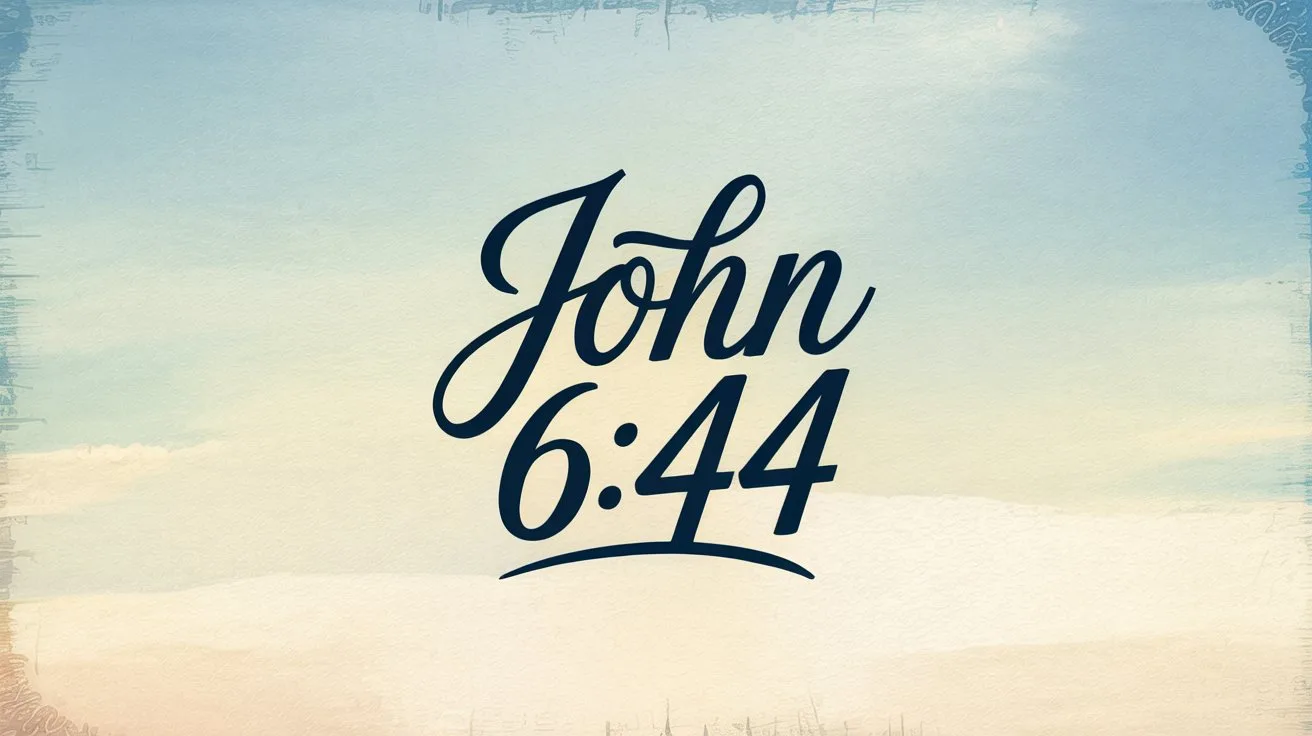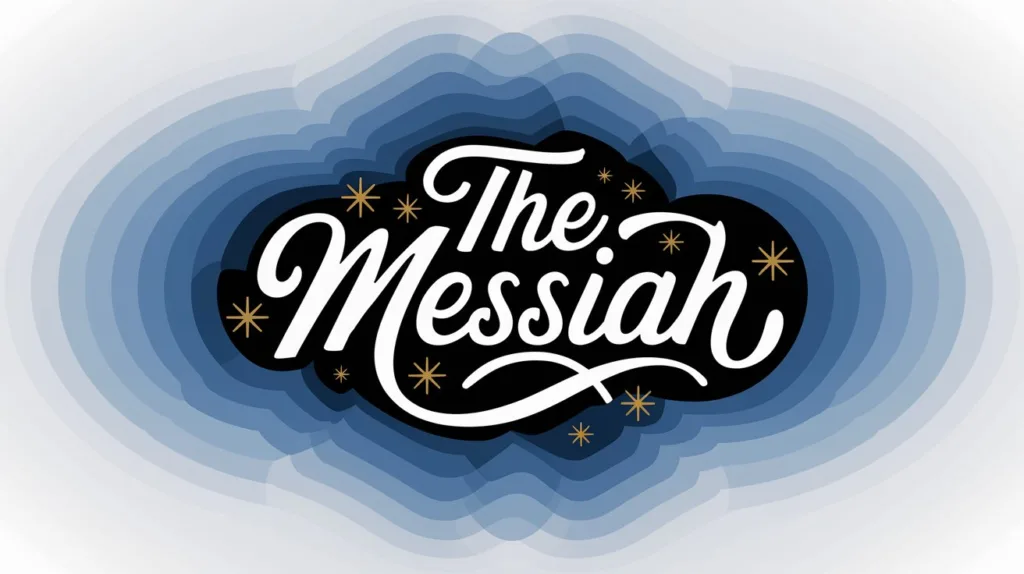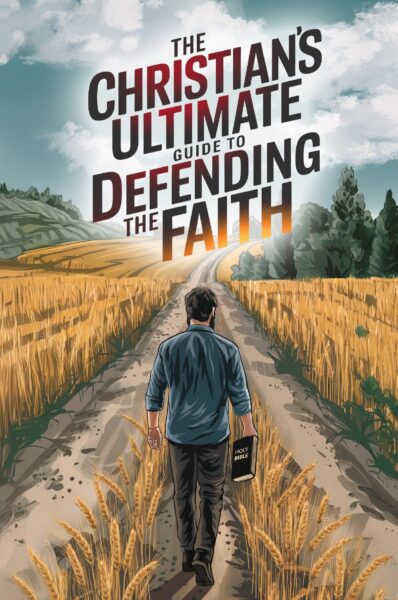“No one can come to Me unless the Father who sent Me draws him; and I will raise him up at the last day.” (John 6:44).
This verse has long been misused by proponents of deterministic theology to argue for a selective salvation; yet when we follow proper hermeneutics, context, and compare Scripture with Scripture, we’ll see that Jesus is not talking about salvation by sovereign selection, but a physical drawing to Himself at the resurrection (on the last day).
Setting the Stage: The Context of John 6
John 6 begins with Jesus feeding the 5,000 and walking on water, followed by a public discourse where He reveals Himself as the Bread of Life. The conversation is rich in typology, using manna from heaven as a symbol of Himself. But when Jesus begins talking about eating His flesh and drinking His blood, many misunderstand Him and are offended.
Jesus is speaking to a mixed multitude (some follow Him genuinely, others seek a political messiah or another free meal (John 6:26)). He’s explaining that faith in Him is not like seeking temporal bread; it’s about eternal life.
The Phrase in Question: John 6:44
“No one can come to Me unless the Father who sent Me draws him; and I will raise him up at the last day.” (John 6:44)
At first glance, many assume this is about being “drawn” to salvation. But let’s look at the full scope of what’s being said.
The phrase “draws him” is directly tied to “I will raise him up at the last day.” That clause is not optional. Jesus does not say the one who is drawn might believe or might be saved; He says he will be raised on the last day.
If this drawing is to salvation, then everyone who is “drawn” is automatically saved, and none perish. That would contradict not only Scripture, but Jesus’ own description of Judas as “a devil” (John 6:70–71), though he was among those drawn as a disciple.
So what is Jesus saying?
The “Last Day” Phrase: Repeated Four Times
The “last day” is not a vague term; it is a definitive, prophetic phrase used by Jesus, Paul, and even Daniel to refer to the final resurrection of the righteous. It is the day when the dead in Christ rise, and the living are changed. It is the culmination of the believer’s hope.
When Jesus says, “I will raise him up at the last day”, He is promising to physically draw His own to Himself, not describing a spiritual persuasion to believe the Gospel. This drawing belongs to those who are already His, and it happens at the resurrection (on the last day).
The phrase “the last day” occurs four times in this single conversation:
“…and I will raise him up at the last day.” (John 6:39)
“…and I will raise him up at the last day.” (John 6:40)
“…and I will raise him up at the last day.” (John 6:44)
“…and I will raise him up at the last day.” (John 6:54)
That repetition is intentional and emphatic. Jesus is pointing to a physical resurrection: the bodily raising of believers at His return, not merely the act of salvation. The emphasis is eschatological (end-times), not soteriological (salvation-focused).
The Last Day Is the Resurrection – Confirmed by Scripture
In John 11, Jesus makes this crystal clear in His conversation with Martha, just before raising Lazarus from the dead:
“Jesus said to her, ‘Your brother will rise again.’ Martha said to Him, ‘I know that he will rise again in the resurrection at the last day.’”
— John 11:23–24
Martha, a devout Jewish woman, understands “the last day” to mean the future bodily resurrection; this was common belief among faithful Jews and is confirmed by Jesus’ own teaching.
Daniel Prophesied of the Resurrection on the Final Day
The Old Testament clearly teaches the same truth. In Daniel 12:2, we read:
“And many of those who sleep in the dust of the earth shall awake, some to everlasting life, some to shame and everlasting contempt.”
And in verse 13, the angel tells Daniel:
“But you, go your way till the end; for you shall rest, and will arise to your inheritance at the end of the days.”
That phrase (“the end of the days”) is the Old Testament parallel to “the last day.” It is a reference to the bodily resurrection of the righteous, not a spiritual awakening or a moment of salvation.
Physical Resurrection, Not Initial Faith
In John 6:39, Jesus says:
“This is the will of the Father who sent Me, that of all He has given Me I should lose nothing, but should raise it up at the last day.”
He’s speaking about a group the Father gives; and they are raised on the last day. This is the same “raising” mentioned in 6:44.
This group is not just those who believe, but those who have endured until the end: true, faithful believers who are bodily resurrected. This points to the rapture, not merely spiritual rebirth.
The Word “Draw” – Greek: ἕλκω (helkō)
The word for “draw” here is helkō, used in places like:
John 21:6 – “they were not able to draw [helkō] it in because of the multitude of fish.”
Acts 16:19 – “they seized Paul and Silas and dragged [helkō] them into the marketplace.”
John 12:32 – “And I, if I am lifted up from the earth, will draw [helkō] all peoples to Myself.”
Helkō implies a physical or forceful pulling, not a gentle persuasion. It’s not the inward call of salvation; it’s the physical gathering or movement toward Christ.
In John 12:32, Jesus says He will draw all peoples to Himself by being lifted up (on the cross). That hasn’t happened yet in fullness; it points to the final ingathering.
The Follow-Up in John 7:33–34
Jesus continues this theme of coming to Him being not possible during His earthly ministry:
“I shall be with you a little while longer… You will seek Me and not find Me, and where I am you cannot come.” (John 7:33–34)
He’s not speaking of salvation; they were already standing in front of Him. He means they cannot physically follow Him into heaven. The “coming” in John 6 and 7 is about being with Him in resurrected, glorified form: the future, not the present.
John 6 Is Eschatological, Not Deterministic
Everything in John 6 is about believing unto eternal life, eating of Christ as the true bread, and being raised up at the last day.
To reinterpret this drawing as a selective salvific choosing removes it from the immediate context of resurrection and makes it say something it doesn’t.
My Final Thoughts
John 6:44 is not a proof-text for deterministic salvation. It is a clear, eschatological promise that no one will be raised up on the last day to be with Christ unless the Father draws them physically. This “drawing” is not about the moment of belief. It is about the moment of bodily resurrection. And every time Jesus mentions it, He connects it inseparably with the phrase “on the last day.”
Understanding this properly preserves the free offer of the Gospel to all men and sets our hope fully on the return of Christ, when the dead in Christ shall rise, and we who are alive and remain shall be caught up together with them to meet the Lord in the air (1 Thessalonians 4:16–17). On the last day.





 Get the book that teaches you how to evangelize and disarm doctrines from every single major cult group today.
Get the book that teaches you how to evangelize and disarm doctrines from every single major cult group today.